In “Wilara”, JSC, the beeswax comb foundation sheets are produced by using comb foundation sheet formation and embossing machine “Margarita-1”.
The whole comb foundation sheet production process is divided into three stages: (1) wax melting and sterilization, (2) plain sheet formation and their embossing, and (3) packing.
First stage: Wax melting and sterilization
Honey comb foundation sheets are produced from a pure natural 100% beeswax. It is obtained from local beekeepers by buying-in their wax or by exchanging their wax to ready made foundation sheets. All obtained wax material has been always checked for its purity. Impure or paraffin contaminated raw wax material is not accepted at all.
Raw wax material is put into sterilization tank first. Wax is being heated up to 110°C, melted and boiled until all water contained in it bubbles out. Freshly melted wax may contain some 7–8% of water, older one – 1–3%.
After water has been boiled away, wax passes the sterilization process at a higher temperature of 140°C. All the pathogens and bee disease agents, possibly contained within, inevitably die at such a high temperature.
After sterilization, wax slowly allowed to cool down to 72–80°C. During the cooling process takes place, all sediments, dregs, dust particles and other impurities little by little settle to the bottom and removed away later on.
Second stage: plain sheet formation and their embossing
A water-cooled drum slowly rotates half-seated in a liquid wax bath. A plain wax band of uniform thickness has been formed on a cooled drum’s surface and rolled up onto cylindrical roller.
Plain wax band, 260 mm width, is led through the embossing rollers. These imprint the worker brood cell pattern on the wax band.
After being embossed, wax band is cut into sheets of required length.
A kilogram of our produced embossed foundation sheets contains 12,5 pieces at an average. Upon request we may produce thicker or thinner foundation sheets. Note, that thicker foundation sheets are more stiff. Moreover, if thicker sheets were embedded to frames, in spring time particularly, the bees used to sew their combs considerably faster, because they can use wax excess taken from foundation sheets.
In Western Europe an average quantity of sheets is even less – 10 pieces per kilogram. The size of cells is European standard 5,4 mm.
The third stage: packing
Finally cut sheets a dried well, weighed and packed into 5 and 10 kg. The stacks have been shielded at the bottom and from the top by putting some pieces of corrugated cardboard tray. The package is rolled into a thick paper. These measures prevent from accidental damages during transportation.
- Packaging of foundation sheets
- Plain sheet formation and their embossing
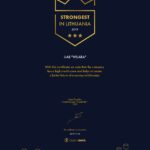




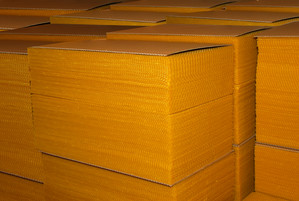



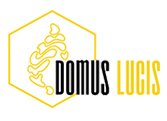
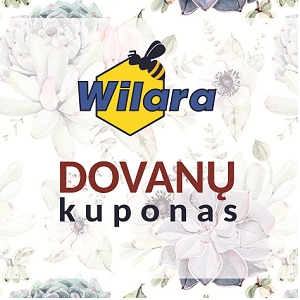


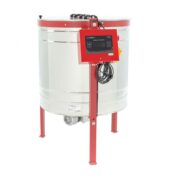

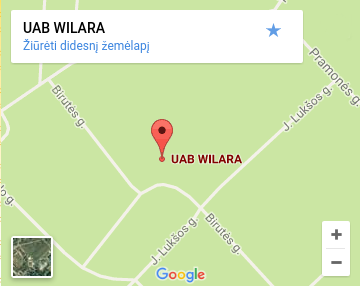

No comments yet.